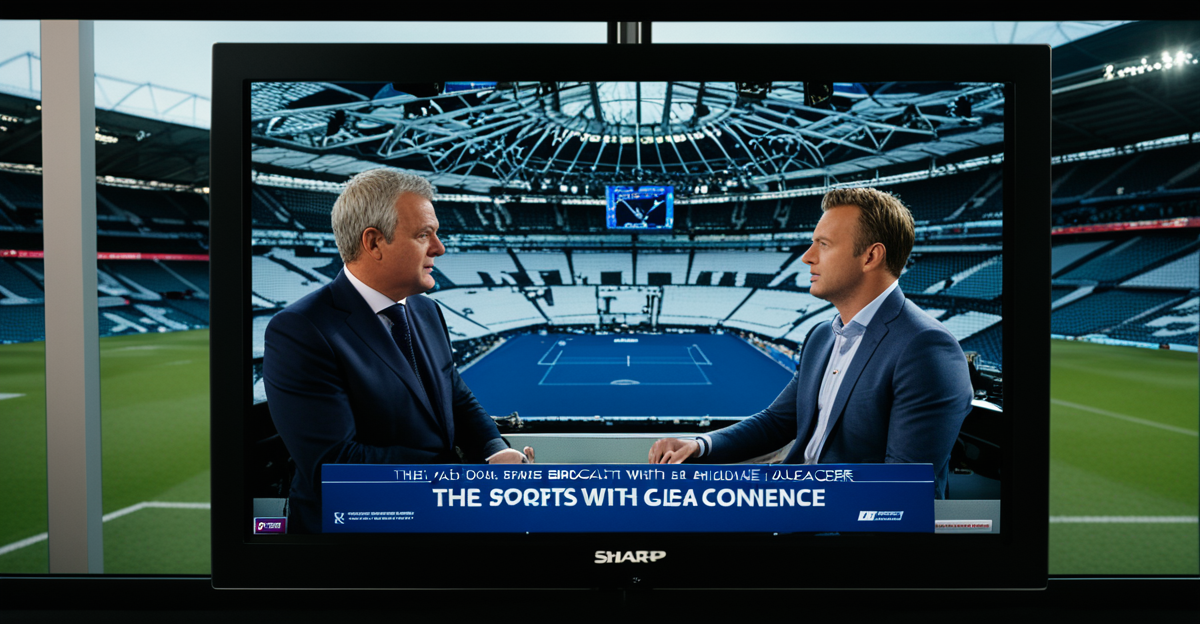Techniques UK Sports Broadcasters Use to Reach International Audiences
UK sports broadcaster strategies rely heavily on localization and cultural adaptation to connect with diverse global viewers. Language is a primary focus: broadcasters implement subtitles and dubbing to tailor content effectively, ensuring fans across different regions can enjoy sports without language barriers. For instance, broadcasts often include multiple language options, enhancing accessibility and fostering a deeper connection.
Moreover, UK sports broadcasters form strategic partnerships with local broadcasters. These collaborations enable the delivery of region-specific content, allowing programming that resonates with local interests and customs. This dual approach—mixing global appeal with local relevance—strengthens global engagement and heightens viewer loyalty.
Also read : What Are the Main Benefits of Sports for Youth in the UK?
Cultural adaptation extends beyond language—it incorporates insights into regional fan preferences and viewing habits. Hence, content might be customized or scheduled differently to reflect these nuances, optimizing viewer experience internationally.
By combining these practices, UK sports broadcasters maintain a robust global presence, ensuring that viewers worldwide receive engaging, relevant, and accessible sports content. This focus on localization and partnerships is crucial to their success in expanding reach and enhancing global engagement.
Topic to read : How Does Grassroots Sports Impact UK Communities?
Digital Platforms and Streaming Expansion
Streaming technology plays a pivotal role in enhancing global engagement for UK sports broadcaster strategies. Live sports streaming services offer fans worldwide real-time access to events, overcoming geographical restrictions. This instant availability satisfies growing demand for on-the-go viewing, ensuring audiences stay connected regardless of location.
The development of mobile and smart TV apps further extends digital engagement. These platforms optimize user experience through intuitive interfaces, personalized content, and multi-device accessibility. By adapting apps to various operating systems and devices, broadcasters maximize reach and convenience, enabling fans to watch matches anytime, anywhere.
Social media is another powerful tool leveraged for sports broadcasting online. Real-time fan interaction through platforms like Twitter and Instagram creates dynamic participation during live events. Features such as live polls, Q&A sessions, and instant highlights foster a community atmosphere, enhancing viewer involvement and loyalty.
Together, these digital initiatives allow UK sports broadcasters to meet modern audience expectations. Streaming technology, mobile app development, and social media integration form a comprehensive approach to increase accessibility and fan engagement on a global scale.
Strategic Partnerships and Content Licensing
Strategic content licensing is a cornerstone of UK sports broadcaster strategies aiming for global distribution. Licensing deals with international broadcasters enable UK networks to extend their reach, allowing events to be viewed across multiple territories. These agreements are carefully negotiated to secure exclusive or shared sports rights, aligning with audience demand and regional market characteristics.
Besides simple licensing, co-production partnerships offer deeper collaboration, combining resources to tailor content effectively for target markets. Such partnerships increase market penetration by customizing broadcasts with localized presentation styles or exclusive features, enhancing viewer appeal. For instance, collaborations with Asian or European broadcasters often result in co-branded events or special programming that resonates better with local fans.
Broadcasters like Sky Sports and BBC exemplify this approach through high-profile licensing deals, ensuring flagship sports remain accessible globally while protecting commercial interests. These deals also facilitate content sharing across different platforms, amplifying visibility and engagement worldwide.
The emphasis on strategic partnerships and content licensing reinforces UK sports broadcasters’ ability to leverage global sports appeal, combining exclusivity with adaptability. This is vital for maintaining competitive advantage and sustaining long-term global engagement.
Innovations in Viewer Engagement
Exploring new ways to boost viewer interaction, UK sports broadcaster strategies increasingly incorporate immersive technologies such as VR/AR in sports. This allows fans worldwide to experience games from unique perspectives, heightening engagement beyond traditional viewing. VR headsets can replicate stadium atmospheres, while augmented reality enables real-time stats and graphics overlay, enriching the fan experience.
Interactive broadcasting features also play a vital role. Polls during live games invite fans to voice opinions, while multi-angle viewing options enable control over how matches are watched. These tools create dynamic, personalized experiences, increasing viewer retention and satisfaction.
Engaging younger audiences presents a continuous challenge. Gamification elements—like rewards and fantasy leagues linked to broadcasts—encourage active participation. Additionally, digital communities foster social connections around shared sports interests, building long-term loyalty and enthusiasm.
UK sports broadcaster strategies utilizing these innovations not only enhance fan experience but also expand digital engagement on a global scale. By integrating VR/AR, interactive features, and community-building tactics, broadcasters stay ahead in an evolving market demanding immersive and participatory content.
Challenges in Engaging a Global Audience
Sporting global audiences face significant challenges in global broadcasting that require careful navigation. One core issue is the complex web of international broadcasting rights. Rights vary widely by country, restricting how and where content is shown. UK sports broadcaster strategies must negotiate these rights carefully to avoid legal pitfalls and ensure compliance. This complexity can limit content availability and affect global engagement by creating regional blackouts or delayed broadcasts.
Cultural differences pose another obstacle. Broadcasters must reconcile diverse customs, languages, and viewer expectations without diluting the sport’s essence. Missteps in localization or cultural sensitivity risk alienating target markets. Additionally, regulatory environments vary significantly across countries—some enforce strict advertising rules or content restrictions, complicating broadcasting efforts.
Balancing local tastes with a cohesive global brand further complicates matters. For example, what appeals to UK viewers might not resonate equally elsewhere, forcing broadcasters to customize content and marketing tactics. Sometimes these adjustments conflict with broader strategies or increase costs.
Ultimately, overcoming these barriers demands flexible, multilayered approaches within UK sports broadcaster strategies. By addressing legal, cultural, and regulatory hurdles thoughtfully, broadcasters can better deliver tailored experiences that sustain and grow their international audiences.
Major Broadcasters’ Global Initiatives: BBC and Sky Sports
UK sports broadcaster strategies are exemplified by BBC international and Sky Sports’ robust global initiatives, driving significant global engagement through focused efforts. BBC international leverages comprehensive localization to deliver tailored sports content across multiple regions, offering language adaptations and culturally relevant programming. This approach ensures that viewers from diverse backgrounds feel connected to the broadcasts, enhancing accessibility and loyalty.
Sky Sports global reach is achieved through expansive licensing deals and strategic partnerships, aligning with local broadcasters to customize content. Their initiatives include launching region-specific channels and digital platforms, which cater to unique market demands. These efforts demonstrate Sky Sports’ commitment to combining exclusivity in sports rights with content flexibility, capitalizing on local preferences.
Data and case studies reveal substantial audience growth through these tactics. For example, adapting commentary languages and integrating on-screen graphics suited to local cultures improves viewer retention. Additionally, co-produced programming with regional partners increases market penetration by blending global sports appeal with local insights.
Both BBC and Sky Sports highlight the effectiveness of blending content localization, strategic partnership, and technology to expand their international presence, showcasing best practices in UK sports broadcaster strategies aimed at maximizing global sports viewership.









